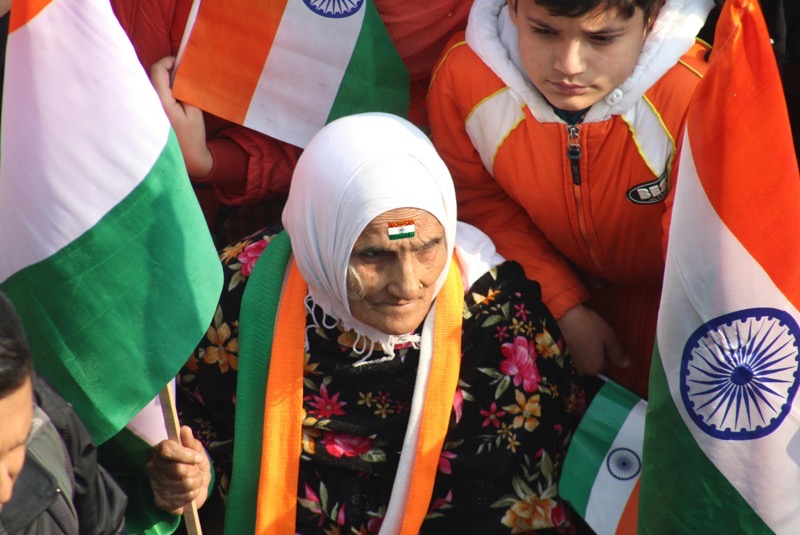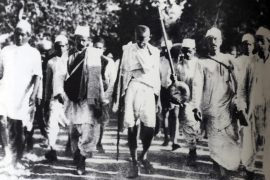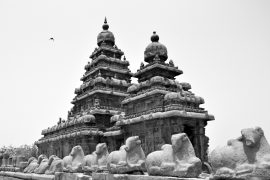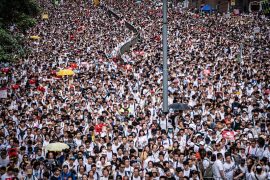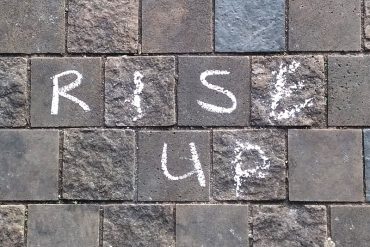On the face of it, the results of the 2024 Lok Sabha Elections do not look earth-shattering. BJP won a consecutive third term, albeit with reduced numbers, depending heavily on unpredictable partners. The numbers as they stand do not offer any hope for the opposition alliance to make a bid for power. Even if they win over the Telugu Desam Party (TDP) and Janata Dal (JD–U), they will still be short of a majority. That is a game the BJP has played with better success. The opposition simply has to wait for the BJP-led alliance to fall apart or for the parties to realign.
But this is a historic moment in many ways, the full import of which has only dawned slowly. It marks the end of the hegemonic rule of one party dominated by one man. A party which assiduously projected an image of invincibility, dutifully aided by a partisan media, is reduced to a minority and is now dependent on allies to stay in power.
The BJP, which assumed power, will not be the same BJP, and Modi, who will be at its helm, cannot afford to be the same Modi. BJP will not be able to pursue the same majoritarian agenda; it can not easily resort to minority bashing. Moreover, it cannot take the support of Chandrababu Naidu and Nitish Kumar for granted.
Modi’s image of invincibility has taken a severe beating, and he will not be able to get away with his arrogant, overbearing ways with allies or the opposition. He will have to start speaking the language of reason and conciliation with allies in Parliament and in public. His self-proclaimed aura as a latter-day avatar of God failed to work its magic even in the home ground of temple politics, the land of Ayodhya and Varanasi.
For the INDIA alliance, the victory goes far beyond what the numbers would indicate. On record, the combined opposition won fewer seats than the BJP got individually. The Congress improved its tally from 52 seats in the 2019 elections to 99 seats, a feat not as impressive as the BJP’s leap from two seats to 85 seats in 1989. But its leader will now be recognised as the Leader of Opposition with attendant privileges, an honour and consideration that were denied to him in the previous Lok Sabha on specious technical grounds. The ruling party must necessarily yield some parliamentary space to a larger opposition bench.
The apparently modest win for the opposition alliance has turned the political narrative upside down, ending the unchallenged dominance of the BJP over national politics for the last ten years. Their confident bid for a 400-plus majority amid fears about a drastic revamping of the Constitution stands thwarted. From dictating the course of national politics, they will now be forced to take the path of compromise and conciliation with partners who do not see eye to eye with them on many issues; in addition, they will also have to deal with a stronger opposition who will be waiting for any opportunity for the ruling coalition to fall apart.
This might also be the end of the so-called Modi era. Modi will continue as Prime Minister for now. But he is not naturally disposed to sharing power; after fashioning himself as the uncrowned ‘Samrat’, he will find it challenging to be at the receiving end of coalition arm-twisting. Soon, the parivaar might decide to act on the inevitable conclusion that he is not the leader best suited to head a coalition with partners who have veto power.
With the end of one-party dominance, the Parliament is bound to regain some of its lost stature and relevance. Hopefully, law-making and parliamentary processes will be more deliberative and consultative, and opposition voices will be better heard inside and outside Parliament. From a mere slogan, cooperative federalism will become a policy imperative under the compulsions of coalition politics and the rise of regional parties.
When the polity turns more democratic and consultative, the institutions that underpin and sustain the constitutional system of governance will be rejuvenated and will be able to fulfil their role more freely and effectively. Civil society organisations and hitherto heavily shackled media will also feel liberated and can play their role effectively as watchdogs of democracy and individual freedoms.
Even as the election results have thrown up many surprises for the political parties, there are huge lessons to be learned. The Uttar Pradesh results have exposed the limits of majoritarian politics.
In perhaps the most unexpected reversal of fortunes in these elections, the INDIA alliance won 43 seats against NDA’s 36 in the state. BJP lost the Faizabad constituency, where Ayodhya is located, to Samajwadi Party’s Awadhesh Prasad Singh, a Dalit contesting from a general category seat.
In Varanasi, Modi’s margin came down by 3.2 lakh votes. The opposition INDIA alliance managed to trounce the BJP in the home ground of its temple politics by bringing within its fold the PDA – ‘Pichda (backward classes)-Dalit-Alpsankhyak (minorities).
In fact, the INDIA alliance found a winning formula in a coalition of the secular, democratic forces coming together with Dalits, Backward Classes, and minorities. The success of this combination was best demonstrated by the complete walk over the alliance achieved in Tamil Nadu. It won all 39 seats in the state. The party-wise break-up reflects all the elements that have gone into this successful formula. DMK-22, Congress-9, CPM-2, CPI-2, VCK-2, Muslim League-1, MDMK-1.
Dravida Munnetra Kazhagam, a party born out of a movement espousing rationalism, self-respect, human rights for the lower castes, and social justice, stands firmly against majoritarian politics, centralisation of power and homogenisation.
The Congress Party, which carries the legacy of secularism and inclusive democracy, despite missteps and compromises from time to time, has been steadfast in its fight against the BJP’s authoritarian, divisive and communal politics for the last ten years.
In ideological terms, the Left parties represent the voice of the working class and are unequivocally secular. Viduthalai Chiruthaigal Katchi, formerly known as the Dalit Panthers, stands for social justice and empowerment of Dalits. Marumalarchi Dravida Munnetra Kazhagam, a break-away party from DMK, has a similar ideological orientation as the latter. Its election manifesto called for social justice, secularism, and protection of state’s rights. Muslim League stands for minority rights.
This is the broad ideological front that the INDIA alliance sought to establish all over the country to halt the seemingly ‘unstoppable BJP juggernaut.’ Though the effort was only partially successful in the face of formidable odds, and the commitment of some of the partners was half-hearted and opportunistic, the spectacular success it achieved has thrown up the most important lesson from these elections—that a coalition of all Indians who believe in pluralism, individual freedoms, and inclusive development based on social justice, equity, and non-discrimination, together with Dalits, tribals and minorities, is the best guarantee for securing India’s democracy and constitutional system.
-30-
Copyright©Madras Courier, All Rights Reserved. You may share using our article tools. Please don't cut articles from madrascourier.com and redistribute by email, post to the web, mobile phone or social media.Please send in your feed back and comments to [email protected]

